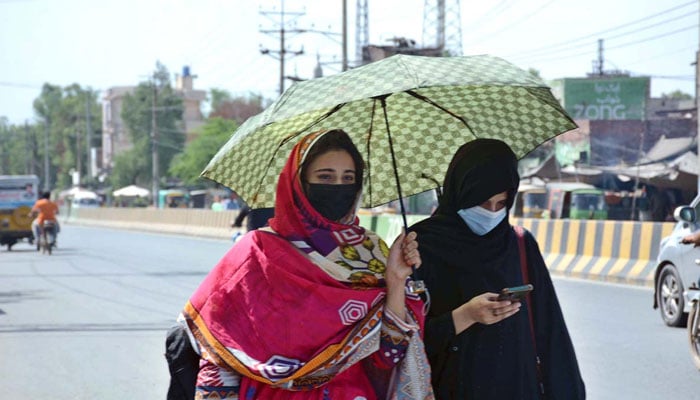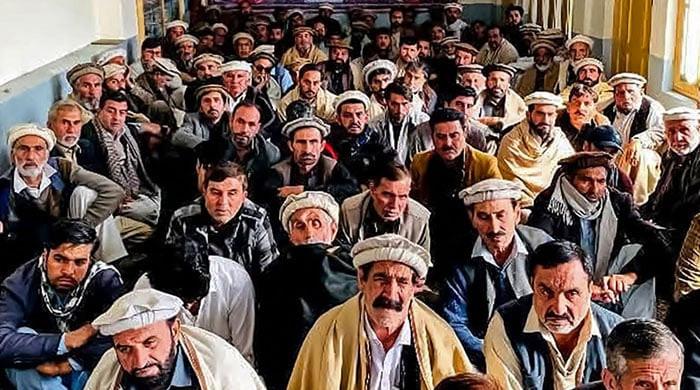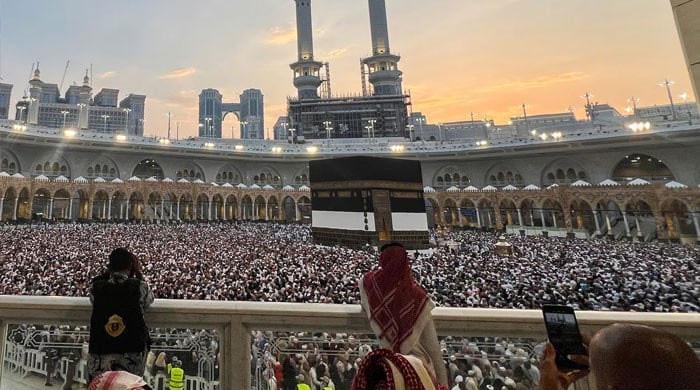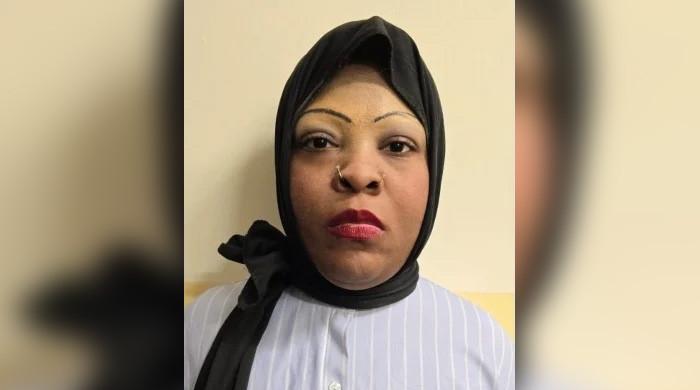What's the science behind 'feels like' temperature?
Karachi's feel-like temperature will fluctuate between 40 to 42 degrees Celsius today
May 13, 2024

As the summer heat intensifies in the region, the residents of Karachi — one of the country's southern-most cities — remain prone to severe heatwaves with varying actual and 'feels like' temperatures.
Earlier today, the Pakistan Meteorological Department (PMD) said the city's feel-like temperature will fluctuate between 40 to 42 degrees Celsius, while the maximum actual temperature will hover between 35°C to 37°C.
The extreme heat, the Met Office added, will be felt due to more moisture in the air. Meanwhile, the weather will remain hot and dry in most parts of the country throughout this week, while it will be "very hot" in the southern regions.
Owing to their location in the region as well as the impact of climate change, Karachiites remain vulnerable to extreme heatwaves with weather in the city being hot and humid most of the months throughout the year.
In the discourse around heat in the atmosphere, weather analysts often specify the varying temperature, warning residents to take precautions and stay indoors.
The varying temperature is gauged on the basis of what it actually is and what it may feel like.
The feels like temperature is based on the experience of actual sensation of heat or cold outdoors and is based on various environmental factors comprising humidity levels, air temperature and wind speed — all of which together influence the perception of weather among individuals according to their exposure.
According to meteorologists, the 'feels like' temperature is the perceived temperature in a certain area and can be higher owing to the environmental factors, despite the actual temperature.
It is the temperature which is sensed by the human body after its interaction with the temperature reflected from Earth's surface.
Areas where urbanisation is rampant, with industrial activities and increased vehicular traffic, have a higher 'feels like' temperature as compared to a rural setting, where there is more greenery and water bodies.
Same is the case with feels like temperature during the winter season, as individuals may witness a reduction in air temperature, leaving them feeling colder than they should as per the actual temperature.
Weather analyst Awais Haider told Geo.tv that the ambient temperature and real feel temperature are almost the same in dry conditions or winter season (months of March-April and October-December) due to the effect of northern dry winds and suspension of sea breeze.
"Meanwhile, the moisture [in the air] — due to the resumption of sea breeze between May and September — accompanied by the higher temperatures increase the feels like or real feel temperature," he said.
Haider said that a difference of up to 5°C to 10°C can be witnessed in the ambient temperature and real feel temperature. He said that sometimes even a greater difference is seen because of the influence of moist or humid winds during the monsoon season.
"Urbanisation makes the situation worse in Karachi," he said, adding that the nature of concrete is to absorb the heat and stay warm for a longer period.
Haider also said that "this is due to a slower cooling process in concrete materials and the same thing increases the chances of suffocation, heat stroke or dehydration in humans during summer".











